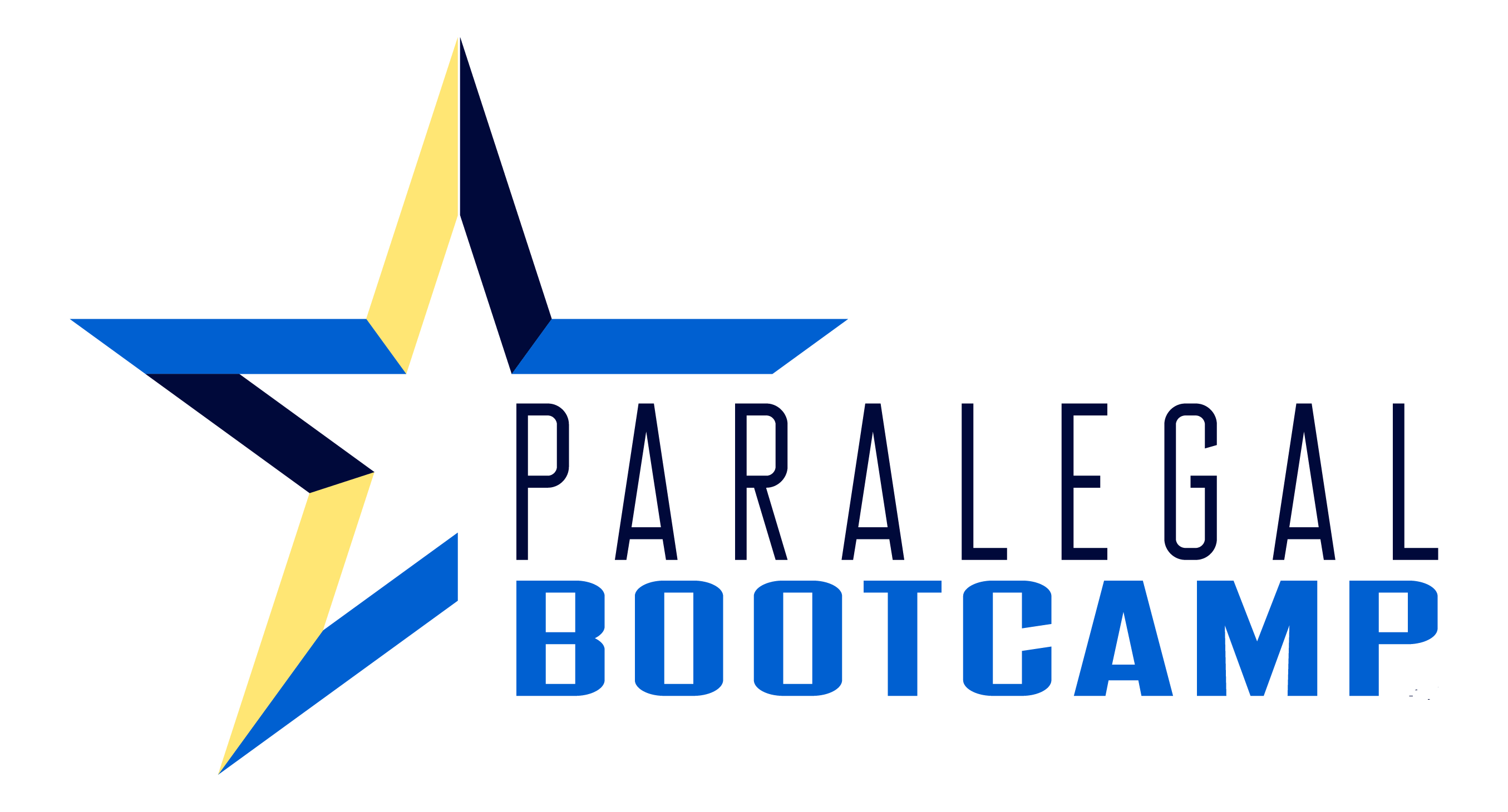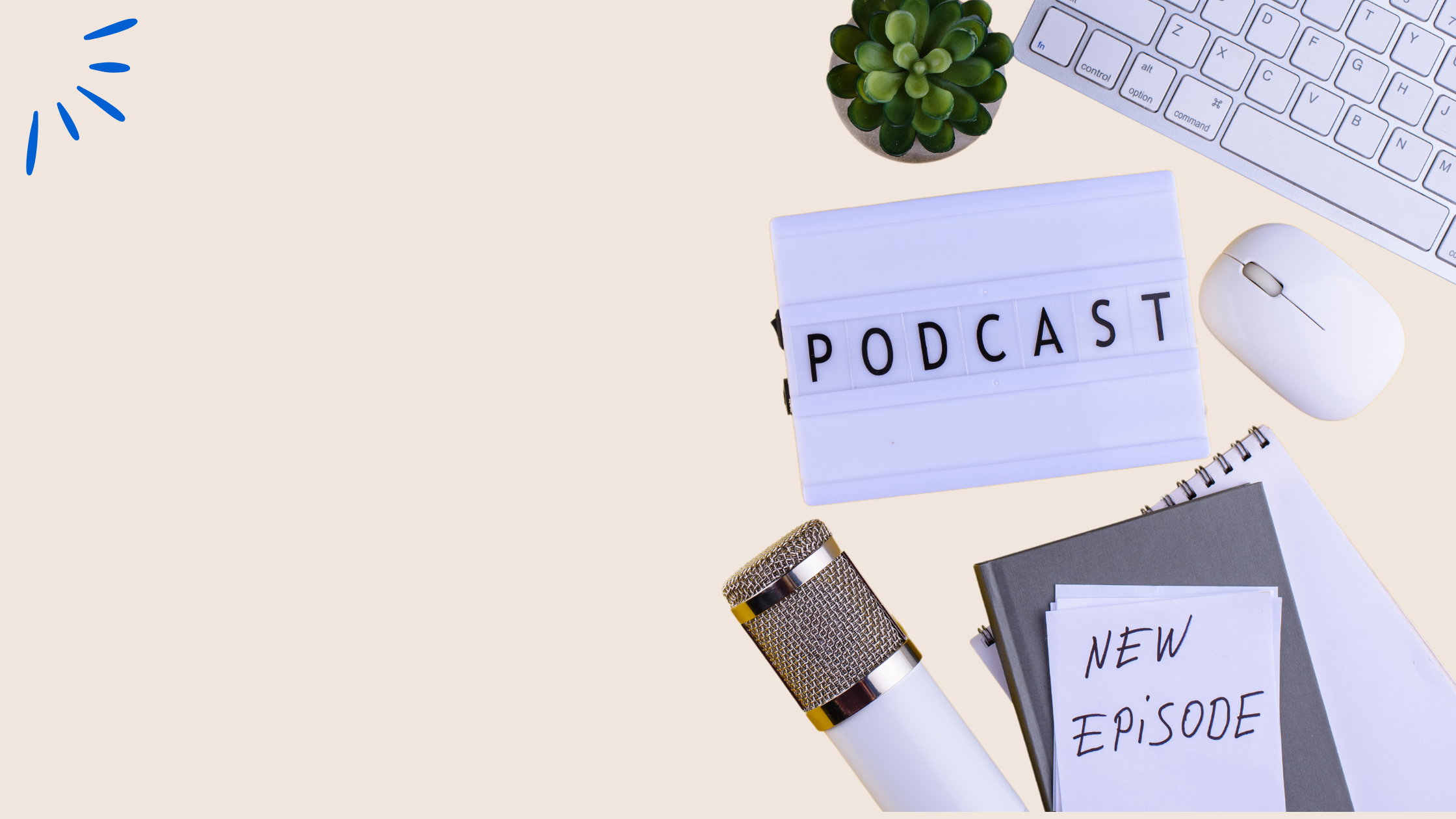Ready to become a better problem solver?
I wish paralegal training programs included a course on problem-solving! It’s such an important skill for paralegals and legal assistants to have. This week we’re giving you the tools and techniques for better problem-solving in the legal industry so that you’re not only solving problems but preventing them from happening to impress your law firm along the way.
Prefer to Listen Instead of Read?
Do you know what one of the top skills attorneys tell me they want their paralegals to have? It’s being able to problem-solve. I consistently hear, “I have a great paralegal because he (or she) solves my problems. They don’t bother me with the little stuff – they just fix it. And if they can’t fix it without involving me, they don’t just come to me to report the problem, they bring me solutions.”
Because of this, I’ve made it my mission to figure out how I can help paralegals and legal assistants become better problem solvers. In fact, I recorded an entire lesson on it for my new Litigation Boot Camp course that is available now! This isn’t just about what it takes generally to be a better problem solver, it is about how we can become better at it in the paralegal and legal assistant role.
Litigation Paralegal Boot Camp
Are you tired of being the Panic Mode Paralegal who spends your days playing whack-a-mole with last-minute rush projects because you’re waiting for someone to show you what it takes to be great litigation paralegal?
This is the only program of its kind that provides litigation paralegals with all of the tools to master litigation cases from the complaint through the trial, and everything in between.
You will be the Confident Case Strategist faster than you ever imagined possible.

So what is a problem solver? According to dictionary.com, a problem solver is a thinker who focuses on the problem as stated and tries to synthesize information and knowledge to achieve a solution.
Now before we can talk about improving such a skill, let’s first assume that it’s a problem that can easily be solved ourselves that doesn’t need to involve the attorney. You come up with the solution, carry it out, and fix the problem. The best option, obviously, but sometimes the problem has to be brought to the attorney’s attention…

Problem-Solving When the Attorney is Involved
Problems are bound to arise and sometimes involving the attorney is unavoidable. Maybe it was a filing deadline that was missed, a document that got produced to the other side that shouldn’t have, an angry client, etc.
It could be a number of problems. But when you go to report it, come with at least one option that you’ve researched that could resolve it. Two options are even better. Options to solve the problem and a plan to carry out your solution.
You want to keep in mind that attorneys want facts and evidence in everything they do. They went to law school for three years where this was ingrained. This is where they learned how to make arguments and win arguments having everything to back up what they’re saying with evidence, rules, whatever they could find to support their argument and discredit the other side’s.
They want evidence, right? Be prepared when you walk in their office or get them on the phone, with that problem and your proposed solution to be able to answer some typical questions the attorney might ask you.
1. The Story Method
Prepare using the method that journalists use to make sure they’re writing a complete story: who, what, why, where, when, and how.
The questions are going to be dependent on the problem, but let’s say the problem is that you have an outside vendor, and whatever it is that you’ve ordered from them is not going to be delivered on time. So instead of just walking in and saying the item isn’t going to be delivered on time and trying to give them a solution, anticipate that their immediate response is going to be what are our other options?
Maybe this option that you’re presenting is the only one. So you say there really are no other options.
Why can’t they deliver?
What is the cost of this alternative option to fix the problem?
How can we make up the time after they deliver it?
When will they be able to commit to the new delivery date?
How are we going to prevent this from happening again?
So first try to solve it yourself. If you can, be the problem-solver where the attorney doesn’t even have to get involved in it. If it’s something ethically or whatever that they have to get involved in, then bring them some proposed solutions instead of just reporting the problem to them.
Don’t wait for them to fix it or tell you what to do to fix it.

2. 5 Why’s Method
The 5 Why’s Method will help you uncover the underlying cause of the problem. This can help you come up with a potential solution. This looks like this:
-
- Why was this filed late? Because Ann didn’t get it done.
-
- Why didn’t she get it done? Because the vendor didn’t deliver the product on time.
-
- Why didn’t the vendor deliver the product on time? They said it was because we didn’t get them the drafts on time.
-
- Why didn’t we know what time to get them the drafts? We did know. But we weren’t able to meet that deadline.
-
- Why weren’t we able to meet their deadline?
And with that 5th why, we uncover the root cause of the problem. In this example, it would be important to take steps to ensure that missing that deadline doesn’t happen again.
It’s important to identify the root cause of the problem because of a thing called the Pareto Analysis. This says that 80% of our problems come from 20% of the causes.
3. Mind Mapping
The mind mapping method is a great way to help you reflect visually on how you think.
Start at the top of your legal pad and write the problem: the reply brief was filed late. Draw two branches off it and write out two potential solutions. One might be to file a motion with the court; another might be what?
From each of these proposed solutions draw out what might happen. If you do this, then this happens. A “next level” to this is to then add the probabilities for that happening.
Depending on how big the problem is, you could take the mindmap to the next level and add cost and time to each of the branches of the solutions – if this happens, it will cost this and take X amount of time.
If you’re more of a tech person, there are all kinds of mind-mapping apps out there. A few of them are Canva (which you might know as design software, but it has great mind-mapping tools), Mindmeister, LucidChart, Popplet, MindGenius – there are many options to explore.
4. Pros and Cons Method
You can also just take a sheet of paper and put your options in the top row and write out the pros and cons for each option.
I would add the next level from mind mapping and include the cost, time, and probability for each pro and con.
Improving Critical Thinking
Those are just a few methods to solve problems, but it’s important to also look at how we can improve our critical thinking to help us come up with better solutions. Don’t worry, there’s an app for that. Apps that actually help your brain, not only with problem-solving and critical thinking but also things like memory and focus.
I highly recommend Lumosity and Elevate. Elevate also improves your attention to detail skill and challenges you with vocabulary games that keep your brain sharp – something that’s really important as we get older. There are studies that show that these types of games can help delay dementia and improve our cognitive function.
There is a free version of Elevate, but like every free app, you are somewhat limited with what you can do. The paid version is $4.99 a month or $30 per year, and it is worth every penny.
Preventing Problems
When talking about problem-solving, we have to discuss the importance of prevention. We ultimately want to prevent as many problems as possible. Regardless of the causes that you come up with, it would be beneficial to figure out what kind of quality assurance steps you can put into place to prevent problems, especially those caused by mistakes made or errors in work.
I discuss this in the project management lesson of my new Litigation Paralegal Boot Camp course. In project management, there is quality control – the steps you put into place to verify the accuracy of the work product before it goes out the door. In other words, the process for catching mistakes. There’s also quality assurance, which is the steps or systems in place to prevent the mistake from ever happening.
If you have no quality assurance, you’re going to need to allow for a lot more quality control at the end to catch and fix inevitable mistakes. Ultimately those mistakes become the problem that you’re trying to solve.
How did we end up filing that brief without the attachments or with the wrong attachments? How did that privileged document get produced to the other side and what do we do now to fix that problem? That problem stems from the lack of quality assurance and/or the lack of quality control. It probably also stems from a lack of time.
With these problem-solving methods, I hope you’ll be able to take a problem and apply these techniques to find effective solutions. Remember that it might be a different technique for different problems.
Then take it to the next level and get to the root cause of the problem so that you can figure out a way to prevent these problems from happening again. This will definitely show your firm the true value you bring to the table.
Meet the Author

Ann Pearson is the Founder of the Paralegal Boot Camp, and host of the Paralegals on Fire! Podcast Show, and passionate about promoting the paralegal profession.
Ann spent 20 years working as a paralegal manager and a litigation paralegal before opening the Paralegal Boot Camp in 2010.
Ann’s training programs focus on adding immediate value to a paralegal’s career and bridging the gap between what a paralegal learns in school and what they actually do on the job.
Visit the About Us Page to learn more about why Ann started the Paralegal Boot Camp.

























